Table of Contents
ToggleIntroduction
Digital marketing has transformed how businesses connect with their audiences. From social media advertising to SEO strategies, it provides brands with the tools to engage customers at every stage of the sales funnel. In 2024, the digital landscape continues to evolve rapidly. To stay competitive, businesses need to understand the foundations, embrace emerging trends, and execute best practices in digital marketing. This comprehensive guide will walk you through all of these elements and provide actionable tips to succeed.
What is Digital Marketing?
Digital marketing refers to the use of digital channels like websites, social media, search engines, email, and mobile apps to promote products or services. Unlike traditional marketing, digital marketing provides businesses with precise metrics to measure success, increased opportunities for audience targeting, and a global reach.
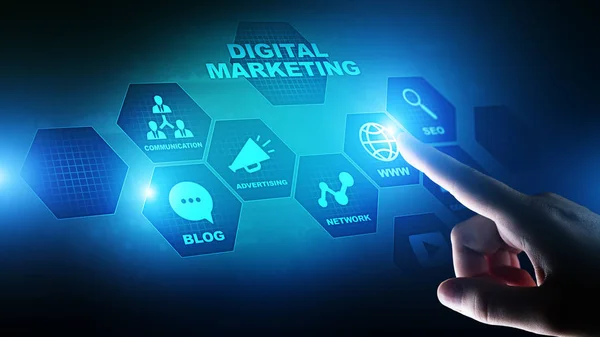
Key Differences Between Traditional and Digital Marketing
While traditional marketing uses mediums like television, radio, and print, digital marketing relies on online platforms. Key differences include
- Cost Efficiency: Digital marketing is generally more affordable than traditional marketing.
- Measurability: Every aspect of digital marketing can be tracked, allowing businesses to adjust strategies in real time.
- Targeting Capabilities: Advanced tools allow businesses to target specific demographics, interests, and behaviors, ensuring that marketing efforts reach the right audience.
Benefits of Digital Marketing
- Global Reach: With internet access, businesses can reach audiences across the globe.
- Engagement: Digital marketing channels like social media allow two-way communication with customers, increasing engagement.
- Personalization: Personalized marketing content is more attainable with digital tools that track customer preferences and behaviors.
- Data-Driven Decisions: Access to analytics ensures better decision-making and higher ROI.
Key Components of Digital Marketing
A successful digital marketing strategy is made up of several key components:
1. Search Engine Optimization (SEO)
SEO focuses on improving the ranking of your website on search engines like Google. SEO has two main types: On-page SEO: Involves optimizing individual web pages to rank higher by using appropriate keywords, content quality, and metadata. Off-page SEO: Refers to actions taken outside your website, like backlinking, to increase domain authority.

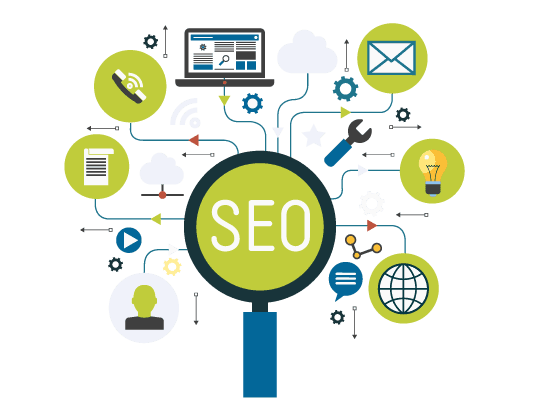
On-page SEO
Involves optimizing individual web pages to rank higher by using appropriate keywords, content quality, and metadata.
Off-page SEO
Refers to actions taken outside your website, like backlinking, to increase domain authority.
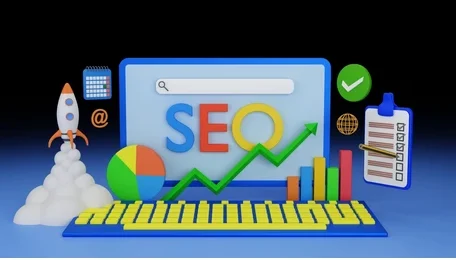
Best practices for SEO include
- Researching and incorporating relevant keywords.
- Creating high-quality, engaging content.
- Ensuring your website is mobile-friendly and loads quickly.
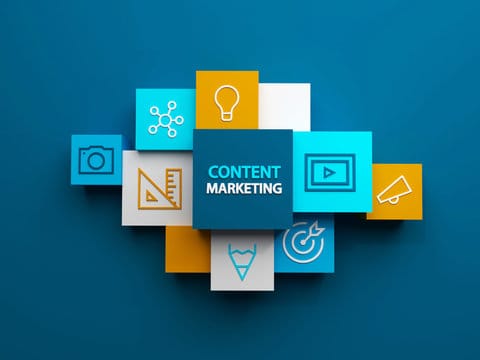
2. Content Marketing
Content marketing involves creating and distributing valuable content to attract and retain a target audience. This content can take many forms:
- Blog posts
- Videos
- Infographics
- Whitepapers
Effective content marketing focuses on solving problems for the audience, creating trust, and establishing your brand as an authority in your niche.
3. Pay-Per-Click (PPC) Advertising
PPC is a paid advertising model where businesses pay a fee each time their ad is clicked. Google Ads and social media platforms like Facebook and Instagram are popular PPC platforms.

Key aspects of PPC:
- Targeting: PPC allows detailed targeting by age, location, interests, etc.
- Budget Control: You can control daily or campaign budgets, allowing flexibility.
- Measurable ROI: Every click, conversion, and dollar spent is trackable.

4. Social Media Marketing
Social media platforms like Facebook, Instagram, LinkedIn, and Twitter provide a way for businesses to engage with audiences, promote content, and create brand awareness.
Social media strategies:
- Posting engaging content like images, videos, and stories.
- Leveraging influencers to boost credibility.
- Running paid ads to target specific demographics.
5. Email Marketing
Email marketing involves sending personalised content, promotions, or newsletters to a list of subscribers. Despite being one of the older digital marketing tactics, email marketing remains effective due to its ability to reach audiences directly.

Best practices:
- Segmenting your email list based on customer preferences.
- Writing compelling subject lines.
- Providing value in each email to keep subscribers engaged.

6. Affiliate Marketing
Affiliate marketing rewards affiliates (publishers) for driving traffic or sales to your business through their marketing efforts. Affiliates earn a commission based on a sale, lead, or specific action taken by the user. Affiliate marketing works well for eCommerce businesses and digital products, providing a cost-effective way to expand your reach.
7. Influencer Marketing
Brands partner with social media influencers or content creators to promote their products to the influencer's audience. Influencers can add authenticity to a brand's promotion, especially when dealing with younger demographics.

How to Build a Successful Digital Marketing Strategy

1. Define Clear Objectives
Start by identifying what you want to achieve with digital marketing. Common objectives include: Increasing brand awareness. Generating leads. Boosting sales. Engaging with customers. Ensure your goals are SMART (Specific, Measurable, Achievable, Relevant, Time-bound) to help track progress effectively.
2. Identify Your Target Audience
Creating buyer personas helps to clearly define your audience. These personas should reflect the demographics, interests, pain points, and behaviors of your ideal customers.


3. Select Digital Marketing Channels
Your chosen channels should align with where your target audience spends their time. For example, if you’re targeting professionals, LinkedIn might be the right choice. If your focus is on a younger demographic, Instagram and TikTok would be more effective.
4. Create High-Quality Content
Content is the backbone of your digital marketing strategy. Blogs, videos, infographics, and podcasts should provide value to your audience, address their needs, and inspire engagement.

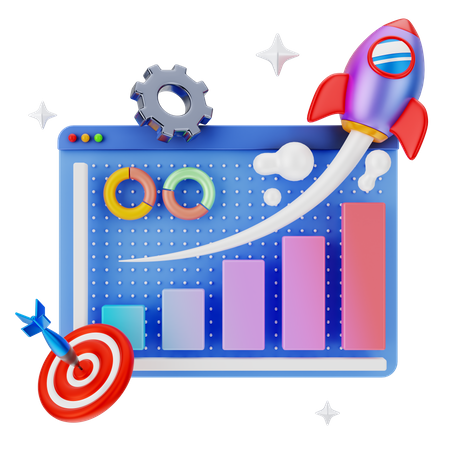
5. Optimise for Search Engines
SEO is a continuous effort that ensures your content is discoverable. Focus on: Keyword research. High-quality backlinks. Optimizing your site’s structure for easy navigation
6. Analyze and Adapt
Regularly monitor your campaigns using analytics tools. Google Analytics, SEMrush, and HubSpot can help track performance and identify areas for improvement. Adjust your strategy based on what’s working and eliminate tactics that aren’t driving results.

Emerging Digital Marketing Trends for 2024
As technology evolves, so does digital marketing. Here are some key trends to watch for in 2024

1. AI and Machine Learning
Artificial intelligence (AI) is revolutionizing how marketers analyze consumer behavior, personalize content, and automate tasks. Machine learning algorithms can optimize PPC campaigns, improve customer segmentation, and enhance user experience.
2. Voice Search Optimization
With the increasing use of voice-activated devices like Alexa and Siri, optimizing your website for voice search is becoming a necessity. This involves focusing on conversational keywords and structured data to improve search rankings.


3. Video Content Dominance
Video content continues to dominate, with short-form content on TikTok, Instagram Reels, and YouTube Shorts being especially popular. Brands that invest in video marketing can expect higher engagement and better retention rates.
4. Interactive Content
Interactive content such as quizzes, polls, and augmented reality experiences is becoming a popular way to engage users and improve lead generation.


5. Privacy-First Marketing
With rising concerns about data privacy and the phasing out of third-party cookies, marketers must prioritise transparency and customer consent. First-party data collection and trust-building will become more important than ever.
Measuring Digital Marketing Success
Tracking performance is essential to ensuring that your digital marketing efforts are effective. Key metrics include
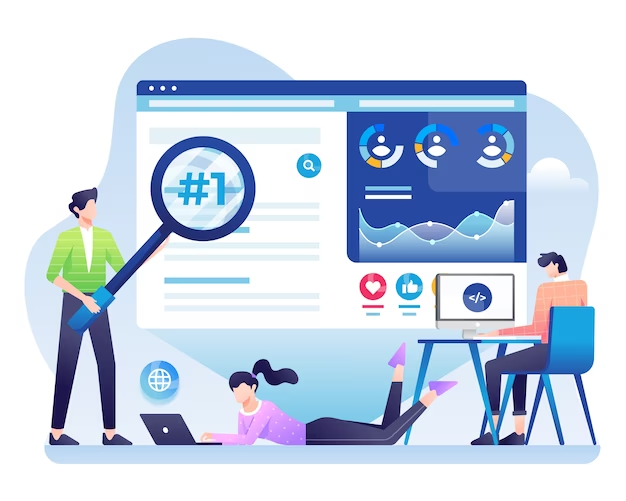
1. Website Traffic
The number of visitors coming to your site. Use tools like Google Analytics to measure overall traffic, as well as the sources that drive it (organic, social, direct, etc.).
2. Conversion Rate
This measures the percentage of website visitors who complete a desired action, such as signing up for a newsletter or making a purchase.


3. Customer Acquisition Cost (CAC)
Lorem ipsum dolor sit amet, consectetur adipiscing elit. Ut elit tellus, luctus nec ullamcorper mattis, pulvinar dapibus leo.
4. Return on Investment (ROI)
This metric shows the profitability of your digital marketing efforts. If your campaigns aren't generating a positive ROI, it may be time to adjust your strategy.


5. Engagement Metrics
Metrics such as likes, shares, comments, and click-through rates (CTR) on social media and email campaigns indicate how well your content resonates with your audience.
Best Practices for Digital Marketing in 2024
To stay competitive in the digital landscape, here are some best practices to follow:
- Focus on Customer Experience: Create seamless user experiences across all touchpoints, from your website to customer service.
- Invest in Mobile Optimization: With a growing number of mobile users, ensure your website is mobile-friendly and loads quickly.
- Adopt an Omnichannel Strategy: Reach your audience across multiple platforms (social media, email, paid ads) to maximize engagement.
- Leverage Data Analytics: Use data-driven insights to optimize campaigns, enhance customer targeting, and personalize experiences.
Be Agile: Digital marketing evolves quickly. Regularly review and adapt your strategy to stay ahead of trends
Digital marketing is more essential than ever in 2024, with an increasing number of tools and strategies available to help businesses

